In the world of nearly extinct animals, there are a lot of unknowns — animals that live in the ocean are hard to count; birds and insects too. But it’s certain humanity is the root cause of extinction and the number of them is accelerating.
When you want to identify the species next on the chopping block, you have to look back a few steps. Before a species is “extinct,” it is “extinct in the wild,” only existing in captivity. Before that, the species is “critically endangered” — a technical distinction bestowed by the International Union for Conservation of Nature. Basically, next stop, goners-ville.
Here are some of the candidates most likely to be declared extinct next:
Soala
Population: 70- 700
Range: in the Annamite Mountains along the border between Laos and Vietnam
Habitat: wet evergreen forests
Unknown until 1992 — the first new large mammal discovery in half a century! — Soala are a very rare relative of domestic cattle. Fewer than 100 have ever been observed! Soalas are often found dead in traps meant for other species and the solitary animals are fragmented along a border between two countries experiencing massive growth and unwillingness to pursue conservation. See ya soala!
Vaquita
Scientific name: Phocoena sinus
Population: unclear, possibly fewer than 100
Range: in the north of the Gulf of California, between Baja California and Sonora, Mexico
Habitat: shallow, murky waters
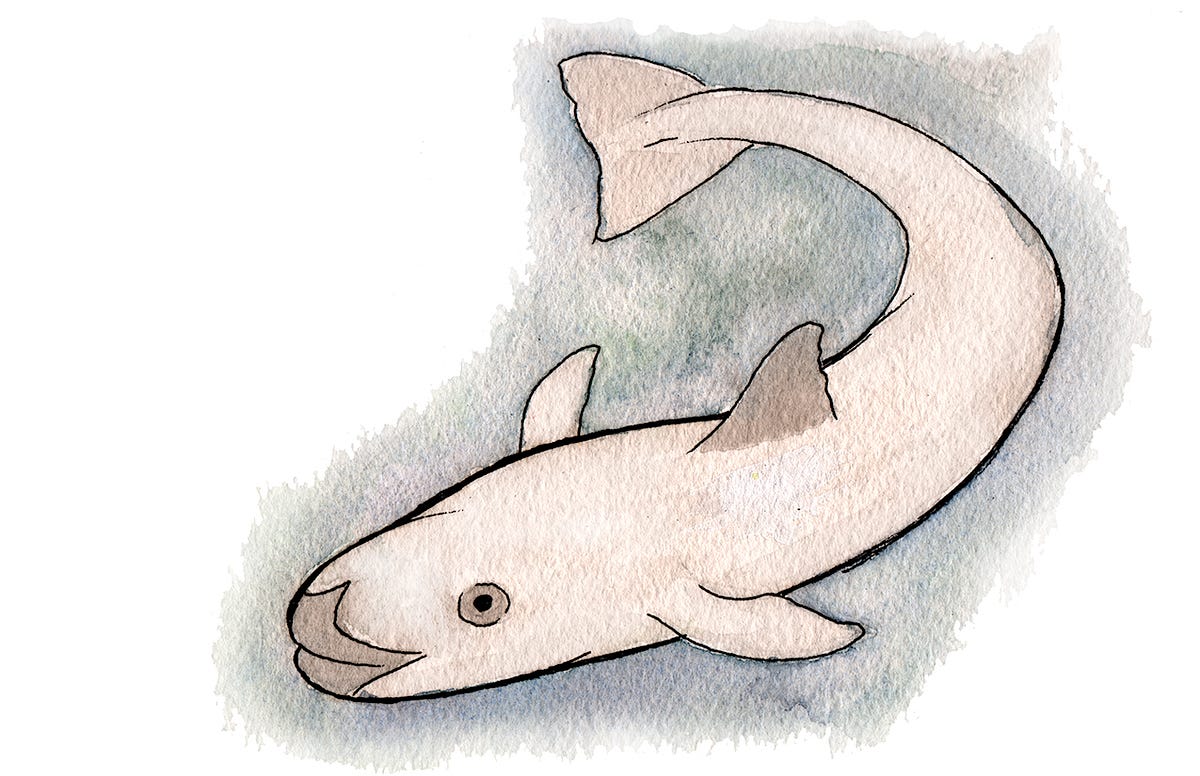 Unfortunately, one of the only ways to measure the population of the smallest porpoise species is to count their rising numbers drowned accidentally by (illegal) fisherman’s nets. With few mature individuals, vaquitas are especially vulnerable to inbreeding, which threatens the genetic diversity necessary for the species to survive. Mexico has taken some measures to protect vaquitas . The population may presently be falling as much as 15% each year. ¡Vamos vaquita!
Unfortunately, one of the only ways to measure the population of the smallest porpoise species is to count their rising numbers drowned accidentally by (illegal) fisherman’s nets. With few mature individuals, vaquitas are especially vulnerable to inbreeding, which threatens the genetic diversity necessary for the species to survive. Mexico has taken some measures to protect vaquitas . The population may presently be falling as much as 15% each year. ¡Vamos vaquita!Tooth-billed Pigeon
Scientific name: Didunculus strigirostris
Population: likely between 70 and 380
Range: the two main islands of Western Samoa
Habitat: island rainforest
Guess what? Humanity has not yet wiped away every trace of the dodo bird! In far-flung Samoa, in the South Pacific, there is a tooth-billed pigeon, or “little dodo.” They’re threatened by clear-cutting, which reduces the islands’ natural defenses against cyclones (also a problem) and Pacific rats, an invasive species spread by humans. While tooth-billed pigeons are legally protected against hunting, Samoans still hunt them during their annual harvesting of different, unprotected pigeons. Toodles tooth-billed pigeon!
South China Tiger
Scientific name: Panthera tigris ssp. amoyensis
Population: fewer than 72, possibly extinct in the wild
Range: Southeast China, possibly nowhere
Habitat: humid, subtropical forests
Not one South China tiger has been seen in the wild in a quarter-century, leaving the species on the precipice of extinction. All known South China tigers live in captivity, mostly in China, where government is trying to breed the species and reintroduce it to the wild. A group is being sent to South Africa where these non-native tigers will learn to hunt wild prey. So long South China tiger!
Golden-headed Langur
Scientific name: Trachypithecus poliocephalus
Population: less than 64 on Cat Ba island, less than 800 in China
Range: Cat Ba Island off Vietnam/ Southern China near Vietnam
Habitat: forests on limestone hills
There’s some debate about whether the two distinct subspecies of Golden-headed Langur — a small monkey from Southeast Asia — are actually different species. Both, although legally protected, face near-imminent extinction thanks to hunting. Langur tribes have only one male to attract female attention and defend them (hello poachers!) — and now with few mature individuals it’s difficult for them to self-propagate. Goodbye Golden-head Langur!
Javan Rhino
Scientific name: Rhinoceros sondaicus
Population: about 40–60
Range: Ujung Kulon National Park in Java, Indonesia
Habitat: lowland tropical forests
Javan rhinos are practically extinct except for a small park on the western tip of their Indonesian island home. The rhinos are legally protected and their park is isolated, but Rhino horns are crazy in demand for traditional medicine in China. Even if the rhinos survive disease and poachers, their park is not big enough to support more rhinos. Any new rhinos would have to be relocated, jeopardizing their safety. Jolly good show Javan rhino!
Northern Sportive Lemur
Scientific name: Lepilemur septentrionalis
Population: about 50
Range: northernmost Madagascar
Habitat: tropical forests
Northern sportive lemurs are named for the boxing-like stance they take when menaced. They’ve been collectively raising their fists at snakes, forest degradation and illegal hunters for years, yet in 2000 they were only listed as “vulnerable,” like polar bears. This lemur’s population has been reduced by 80% in only 20 years and depletion of their forest habitat shows no signs of slowing down. They are now the most endangered primate on the planet. Na na na na hey hey hey goodbye northern sportive lemurs!
 Amur Leopard
Amur Leopard
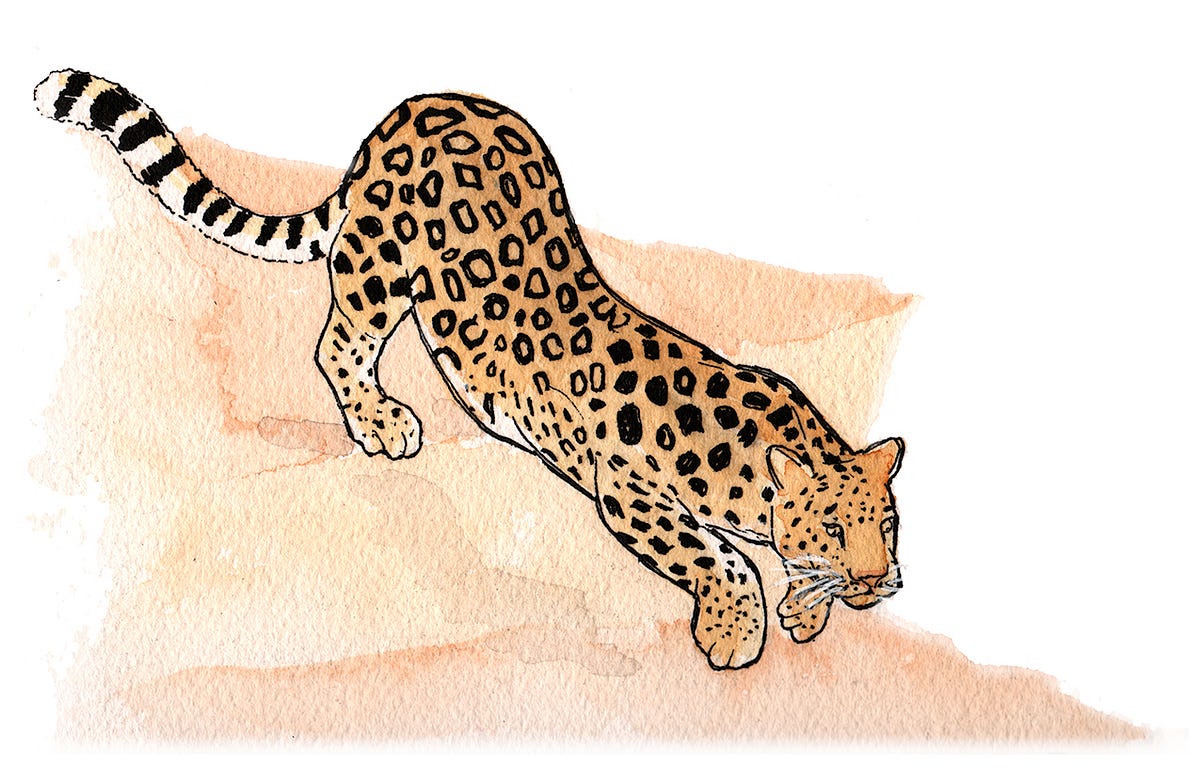
Scientific name: Panthera pardus ssp. orientalis
Population: about 30
Range: Amur-Heilong region — Russia/China border
Habitat: mountainous forests
This cat has a 19-foot horizontal leap. One-on-one, human vs. leopard, there’s no contest. Except poachers, who treasure the beautiful patterned fur of leopards, have guns. Russia established the 1,000 square miles Land of the Leopard National Park in 2012, but big cats over the border in China face poachers and booming development. Aravoir Amur leopard!
Northern White Rhino

Scientific name: Ceratotherium simum ssp. cottoni
Population: five!
Range: mostly the Ol Pejeta Conservancy in Kenya
Habitat: captivity
Sometimes the survival of entire species comes down to a few individuals. There are only four female northern white rhinos and one male, called ‘Sudan’. Two other males died in 2014. There’s hope that female SOUTHERN white rhinos might be impregnated by sperm from the deceased males or from Sudan (less creepy). The two species are very closely related, but is there enough genetic diversity left to preserve the northern white rhinos’ unique traits? Namaste northern white rhino!
Ivory-billed Woodpecker

Scientific name: Campephilus principalis
Population: possibly extinct already
Range: Southeastern United States and Cuba
Habitat: swamp and bottomland hardwood forests
Thanks to logging and agriculture, there hasn’t been a confirmed sighting of an ivory-billed woodpecker since 1987, but rumors in 2004 were enough to launch new surveys and studies. Through to 2010, the U.S. Fish and Wildlife service spent $14 million searching for ivory-billed woodpeckers, protecting potential habitats and working with birdwatchers, who would clearly be the first ones to know if these birds came back. IDK if you still exist Ivory-billed woodpecker!
It’s not impossible for a nearly extinct species to make a comeback. Sometimes, like the giant stick insect on tiny islands off of Australia, a tiny population can survive, unnoticed. And with a little help from humans, thousands more individuals can be bred to repopulate the species. All I’m saying is: life finds a way.
Originally published in Medium https://medium.com/the-nib/10-animals-that-might-go-bye-bye-in-2015-3f4f70a4ac9e
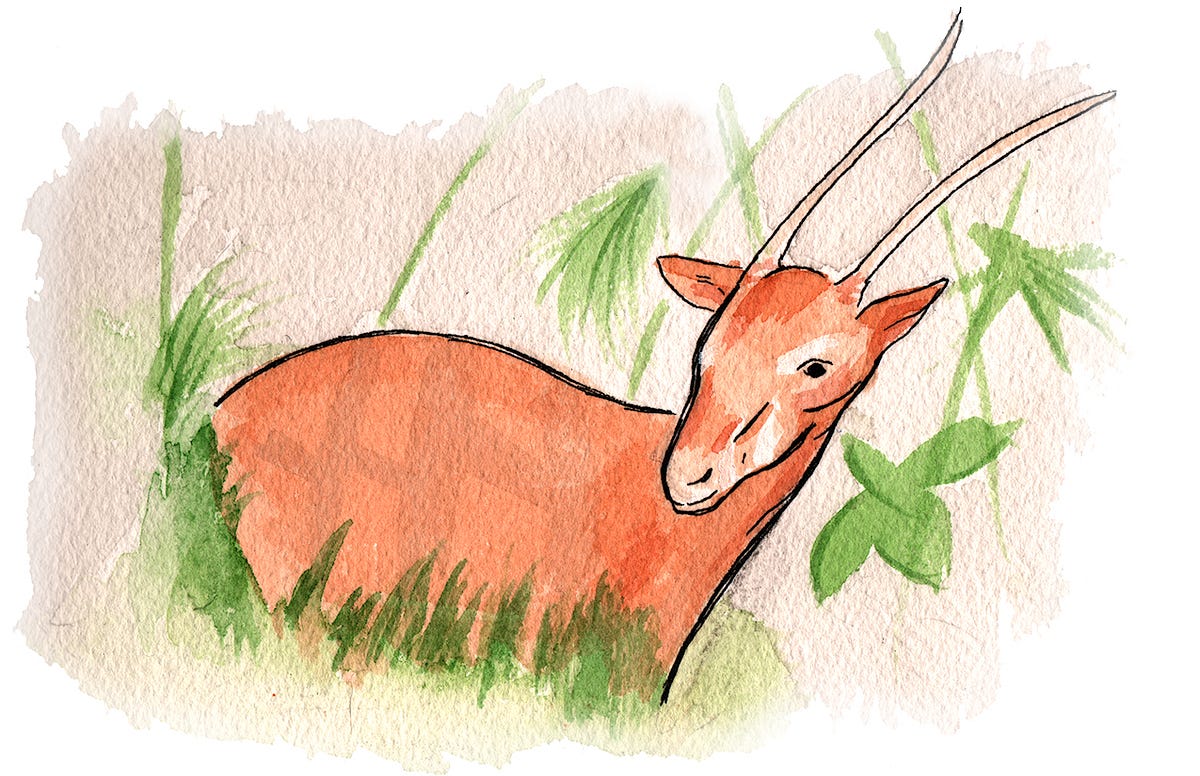
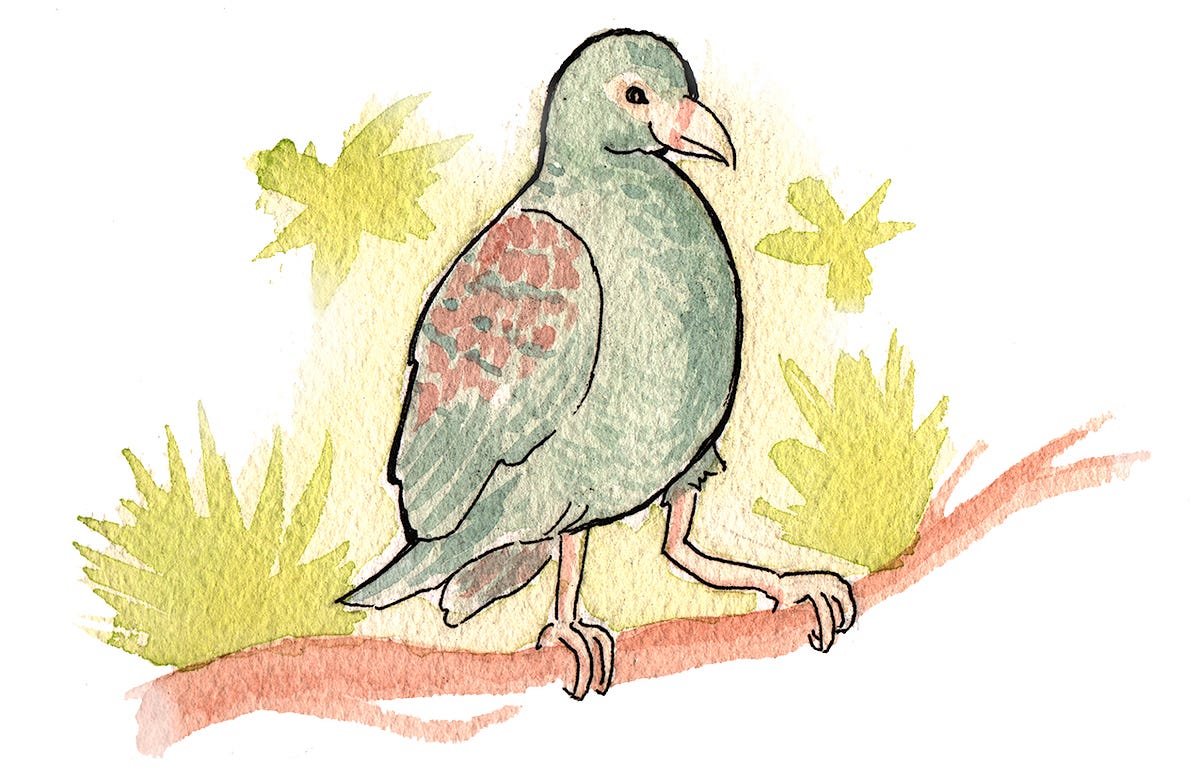
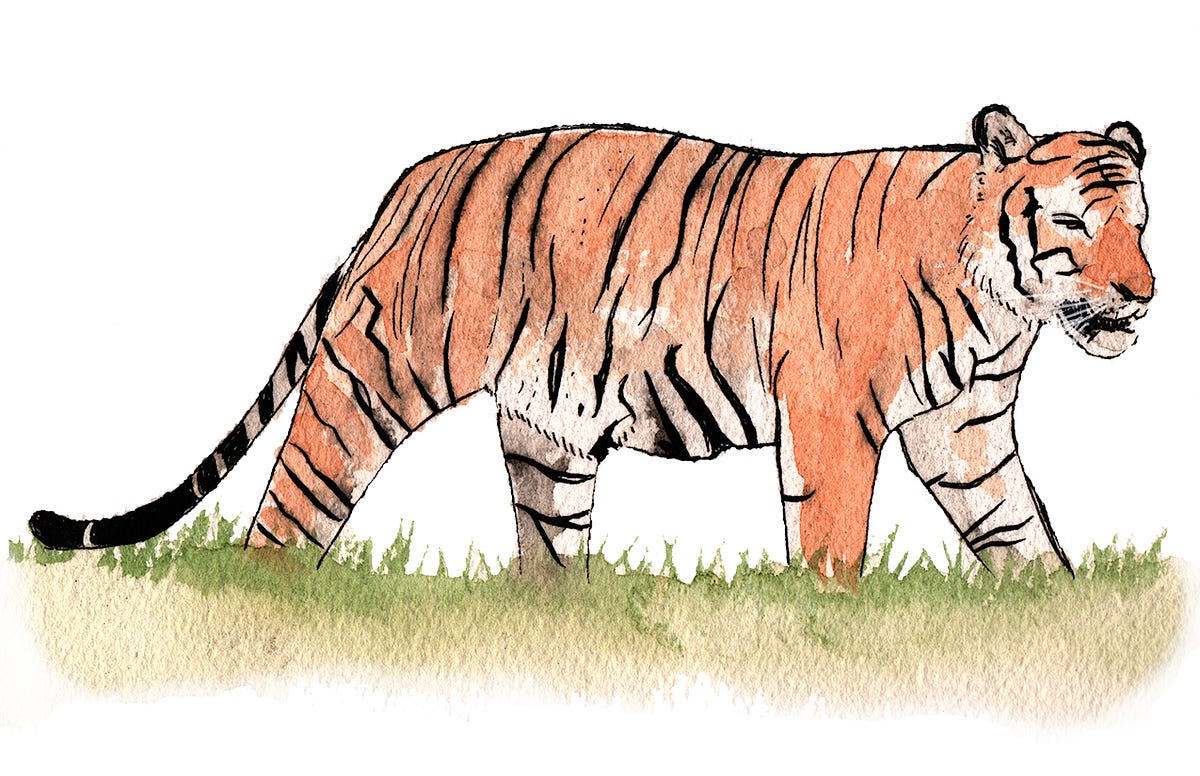

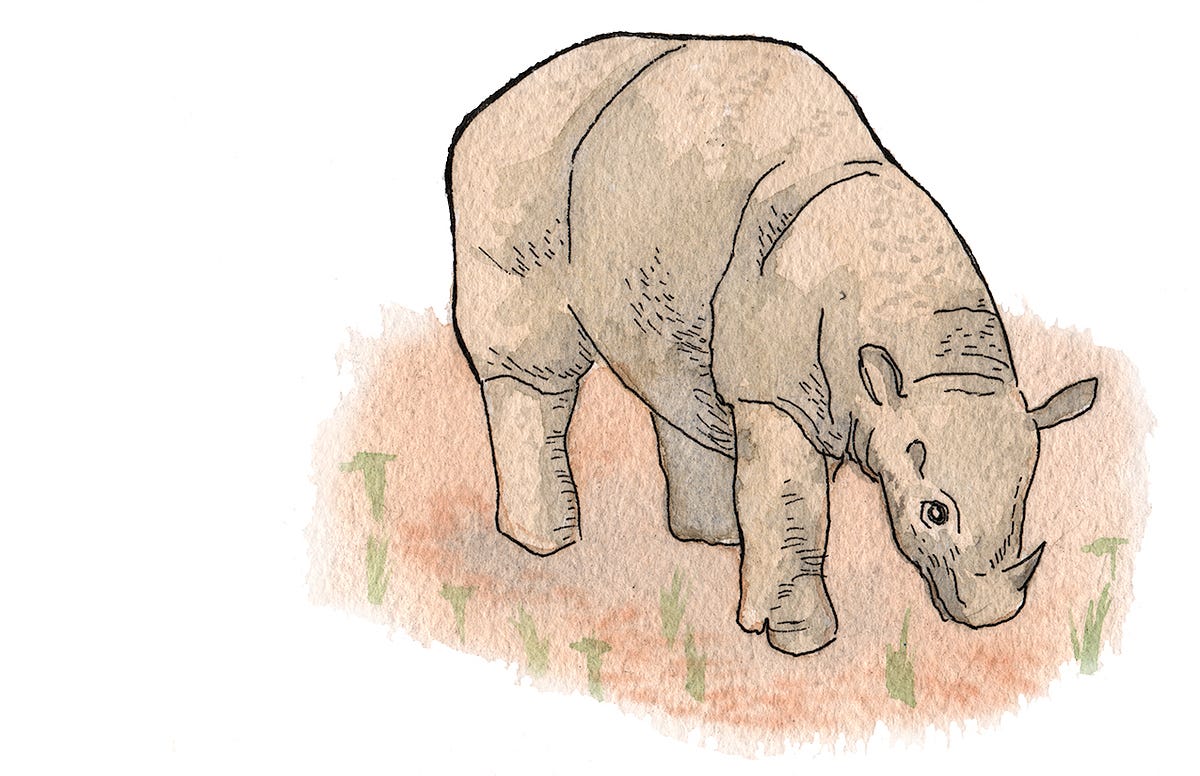


No hay comentarios:
Publicar un comentario